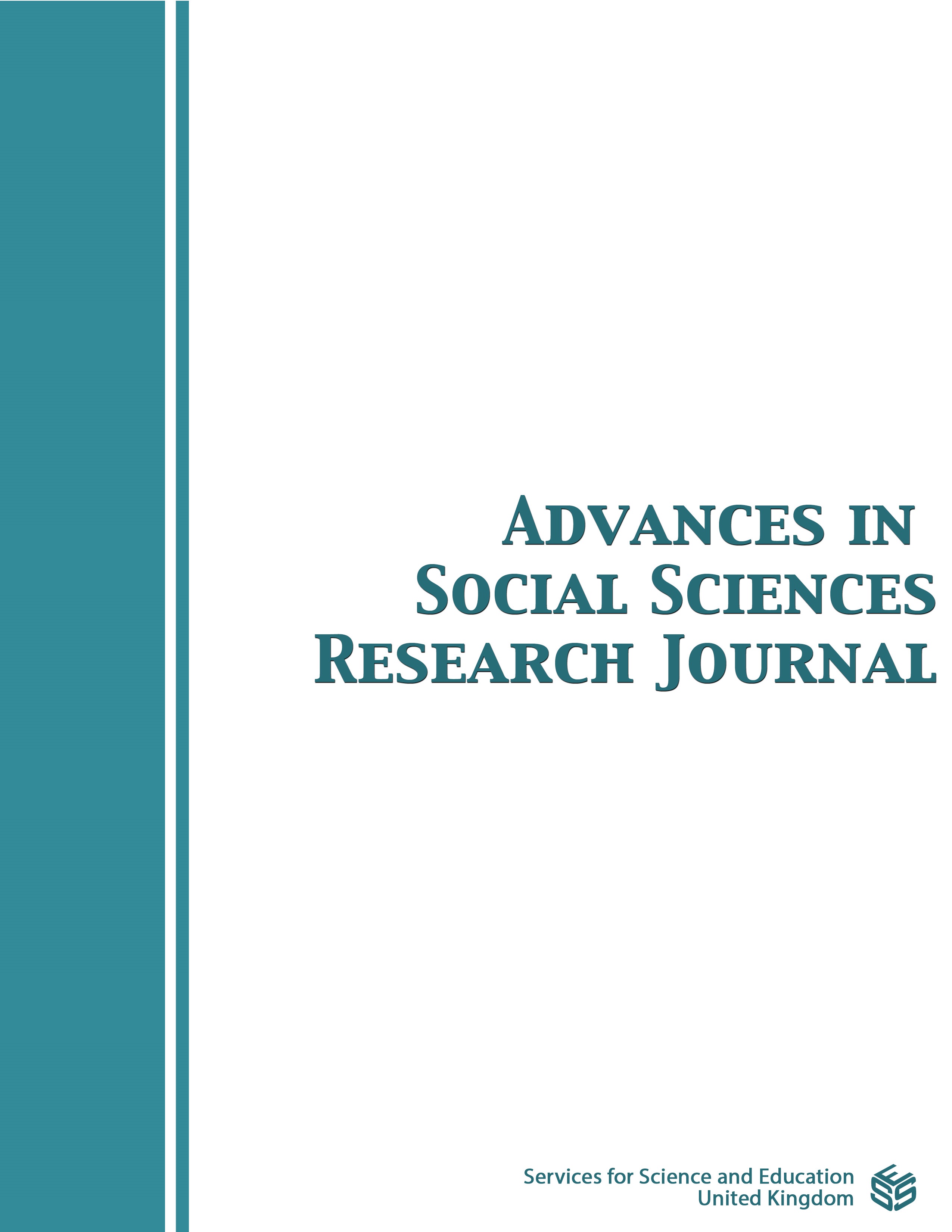New Modes of Humanity and Everydayness in Gibson’s Cyberspace
DOI:
https://doi.org/10.14738/assrj.119.17573Keywords:
Humanity, Posthumanism, Cyberspace, Everyday, GibsonAbstract
The problem this article addresses is that we disregard the impact of cyberspace on our human development and everyday lives. We use cyberspace in our daily lives today through virtual work meetings and internet games. However, cyberspace can be more than a communication medium and game destination. It can be more than a matrix of networks in a science fiction story. Instead, cyberspace can be a space of human growth and where we experience our everyday lives. This article discusses the cyberspace described by William Gibson in his Sprawl trilogy, composed of the novels Neuromancer, Count Zero, and Mona Lisa Overdrive. The article shows how Gibson infuses cyberspace with everyday objects and situations. These everyday things enable the characters and readers to participate in a cyberspace that feels real and genuine. It depicts a cyberspace that is a new approach to being human and the emergence of a new everyday world. The research aims to show how cyberspace and our physical space are similar. It investigates how cyberspace contains a human dimension and human places. It examines how cyberspace can be as genuine as physical space. The research considers how cyberspace can provide a new everydayness and pathway for human living. From this research, the article hopes to show that cyberspace can be a place for human living in a world with fewer constraints. In this way, cyberspace can be an avenue for a new form of everydayness and greater human progress.
Downloads
Published
How to Cite
Issue
Section
License
Copyright (c) 2024 Russell Suereth

This work is licensed under a Creative Commons Attribution 4.0 International License.
Authors wishing to include figures, tables, or text passages that have already been published elsewhere are required to obtain permission from the copyright owner(s) for both the print and online format and to include evidence that such permission has been granted when submitting their papers. Any material received without such evidence will be assumed to originate from the authors.






